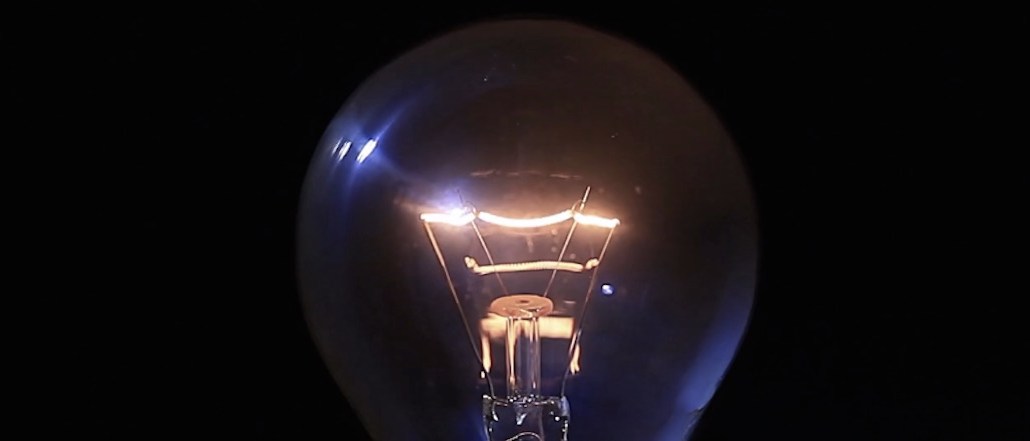
Sponsor content was supposed to be publishers’ ticket to digital sustainability. Turns out most of them are having a hard time getting advertisers to come back for seconds.
Digital ad sales intelligence platform MediaRadar said the average renewal rate for sponsor content this year is 21 percent. Meanwhile, native ad tech company Polar recently described renewal rates as “weak,” with 40 percent of the publishers it surveyed showing renewal rates below 50 percent.
Behind the low renewal rates is the fact that advertisers are uncertain about the return they’re getting on native advertising. There’s also increased competition as lots of publishers try to get a piece of the action, and only a few can offer the broad distribution that brands want.
“Eighty-five percent of the money goes to the top five [publishers],” said John Cobb, CEO of Giant Media, a company that distributes native video advertisements programmatically through a network of publishers. “The rest of these smaller publishers are going after 15 percent.”
“There’s going to be some that have the ability to compete with the top five,” he continued. “The rest are going to need to work with us.”
In just a few years, sponsor content revenue has gone from the icing on the cake of large media buys to a crucial source of revenue. BuzzFeed relies on it as its primary source of revenue, and publishers like The Atlantic and The New York Times look at it as a major source, too: The Times is looking to its T Brand Studio to help it generate $800 million in revenue by 2020, while The Atlantic expects to get 75 percent of its ad revenue from native this year.
“We definitely don’t see native as a trend,” said Mike Monroe, the head of Re:think, The Atlantic’s native advertising division.
But just as that reliance is forming, competition has intensified. Three years ago, there were about 15 companies helping brands produce sponsored content, according to MediaRadar CEO Todd Krizelman. Today, there are more than 600, and the number is growing.
Changing tastes play a role, too. Brands want their content to reach audiences on a scale that few publishers can deliver on their own. Indeed, 84 percent of the publishers surveyed by Polar use paid distribution on least half their campaigns.
That leaves publishers competing not just against themselves but against large native ad networks — MediaRadar counts six out there — that don’t just target content but create it in-house, too. Giant, for example, created more than 450 pieces of content for brands last year, including Capital One, Dick’s Sporting Goods and Rimmel London. “We feel it’s a core competency,” Cobb said.
That makes it hard for publishers that came late to the game or haven’t made native their expertise. The resources required to build up the distribution, creative capability and performance measurement necessary to compete with the big guys are prohibitive.
“Publishers are in a tough spot,” said Mani Gandham, the CEO of Instinctive, a company that dynamically inserts content from brands including ESPN, Netflix and AT&T onto publishers’ websites. “They are not marketing technology companies.”
More in Media

Podcast companies turn to live events to capture growing advertiser spend
The surge in the number of live podcast events in 2025 reflects a broader shift: advertisers are betting bigger on podcasts — not just as an audio channel but as a full-fledged creator economy play.

Media Briefing: ‘Cloudflare is locking the door’: Publishers celebrate victory against AI bot crawlers
After years of miserably watching their content get ransacked for free by millions of unidentified AI bot crawlers, publishers were finally thrown a viable lifeline.

How Vogue could navigate potential industry headwinds as Anna Wintour — who agency execs say made ad dollars flow — brings on new edit lead
Anna Wintour’s successor at Vogue will have to overcome the myriad of challenges facing fashion media and the digital publishing ecosystem.





